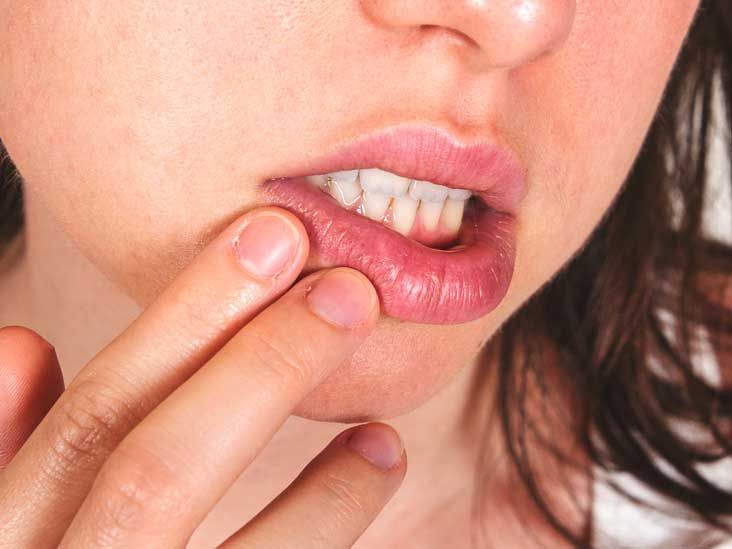Physical Address
304 North Cardinal St.
Dorchester Center, MA 02124
Physical Address
304 North Cardinal St.
Dorchester Center, MA 02124

Contents
Cold sores, also known as fever blisters, are a common viral infection that manifests as tiny, fluid-filled blisters on and around the lips. These blisters typically appear in clusters and can break open, forming a scab that may last for several days. Cold sores usually take about 2 to 3 weeks to heal completely without leaving a scar.
A cold sore typically goes through several stages:
Symptoms may vary depending on whether it is the first outbreak or a recurrence. The initial cold sore outbreak can be more severe, with symptoms such as fever, painful gums, sore throat, headache, muscle aches, and swollen lymph nodes. Children under 5 years old may develop cold sores inside their mouths, often mistaken for canker sores that do not involve the herpes simplex virus.
Cold sores typically resolve without treatment. However, it is advisable to consult a healthcare provider if:
Cold sores are primarily caused by the herpes simplex virus type 1 (HSV-1), which is highly contagious and commonly spreads through saliva or close contact, such as kissing or sharing utensils, straws, towels, or lip balm with an infected individual. The virus remains dormant in nerve cells and can be triggered by factors like hormonal changes, sun exposure, stress, fatigue, and skin injuries, leading to cold sore outbreaks.
While there is no cure for cold sores, antiviral medications and creams can help manage outbreaks, accelerate healing, and reduce the frequency and severity of future episodes. To prevent spreading cold sores to others, avoid kissing or skin contact during active outbreaks, refrain from sharing personal items, and maintain proper hand hygiene.
Cold sores can lead to complications such as eye infections or genital sores, especially in individuals with weakened immune systems or certain medical conditions. Newborns, people with compromised immune systems, and those with eczema are at higher risk of severe complications from cold sores and should seek immediate medical attention if affected.
Cold sores are a common viral infection characterized by fluid-filled blisters around the lips, caused by the herpes simplex virus type 1. Understanding the symptoms, transmission, prevention, and treatment of cold sores is essential in managing outbreaks and preventing complications. By recognizing the stages of cold sores and knowing when to seek medical help, individuals can effectively deal with this recurrent condition.